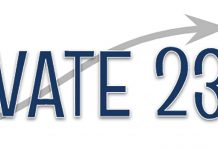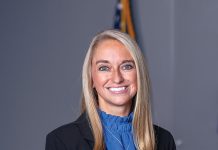Over the course of the past three years, District 41 administration, architects and other consultants have surveyed the infrastructure of our buildings and identified $34,200,000 of urgent life safety, structural and mechanical improvements required for our aging buildings. Our schools range in age from 17 to 60 years old and, like a home, require regular maintenance, improvement, and upkeep.
Did you know that last year the district spent $735,450 for a new roof on Thompson School and $418,215 for a new building automation system and a chiller unit at Martin School? These expenditures were deemed urgent and paid for by utilizing nearly all the district’s existing Building & Maintenance Fund reserves. Such occurrences at the district’s two newest schools demonstrate two examples of significant infrastructure investments our district recently made to keep our schools modern, safe and comfortable. Additionally, we have identified nearly 100 other projects including HVAC, roof replacement, fire suppression, windows, doors, concrete, and lighting, just to name a few, that need to be addressed soon.
The board and administration spent significant time in 2018 considering how to pay for these required maintenance and improvement items. We hired a consultant to get feedback from stakeholders, hosted community forums and discussed our needs and objectives at board meetings. As a result, the board ultimately decided to place two funding questions on the ballot so the community could decide if we should raise funds to maintain our schools.
The community spoke loudly on April 2 that it did not support the Debt Service Extension Base and School Building Bonds referenda as presented. The board and administration will now collectively ask themselves, “What happens next?”
Today we do not have that answer. While voters clearly rejected the ballot measures, the board does not know why the ballot questions failed. Did the referendum questions fail because of high taxes in Lake County, the structure of the funding plan, the way the questions were presented, the community’s level of willingness to contribute to maintaining our schools, long term plans for Hooper, a combination of any of the above or something else? Perhaps the questions failed because of misinformation in the community about the future of Pleviak School. Or maybe the community does not believe these infrastructure improvements are even needed and would prefer the board to either do nothing or take some other action.
What we know today is that these maintenance and infrastructure challenges for all of our schools remain. Over the course of the next several months, we will determine how we should proceed to address these challenges. We look forward to working together with our stakeholders for the benefit of our district.














